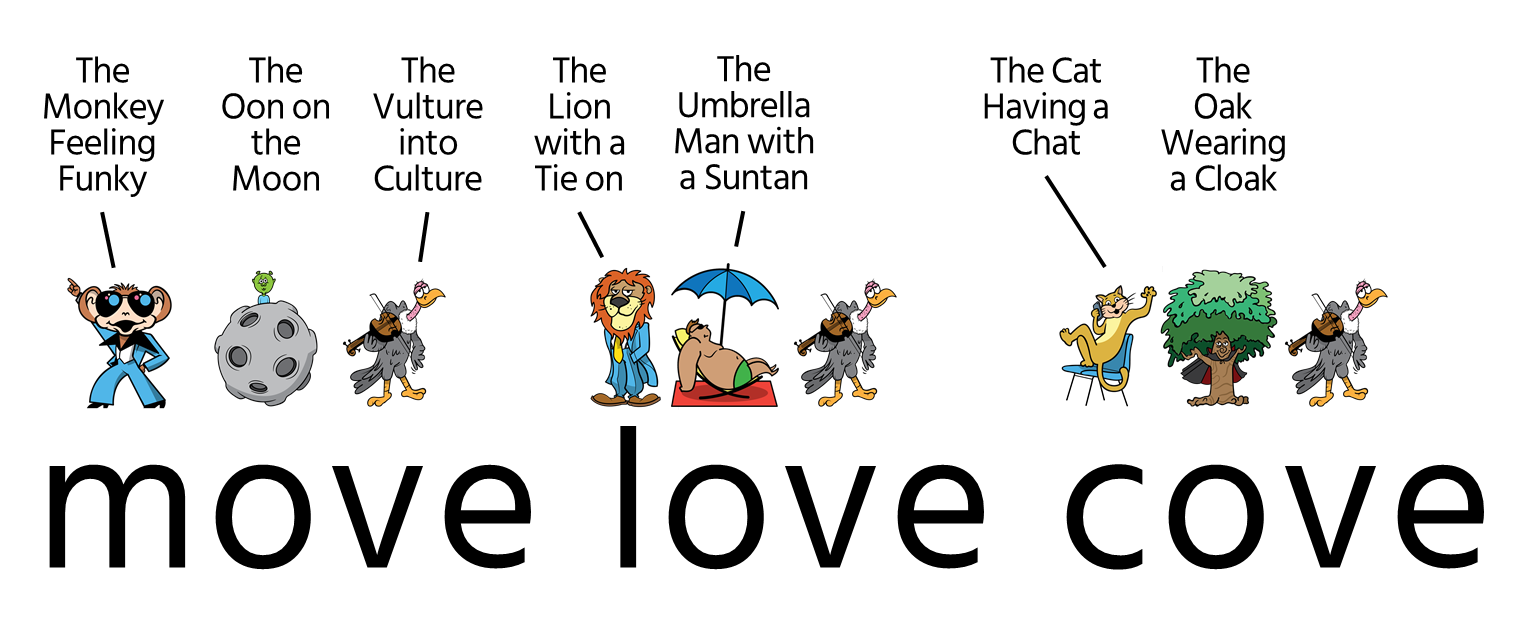Article Library
The Single Most Important Thing For Reading And Spelling Success
by Laura Gordon | 22 March 2019

So, we view meaning as the primary goal of all word reading processes. But how does the brain gain meaning from text?
Reading is a complex neurological process and with practice it shifts into the subconscious. As a result, it can be very hard to know how you are reading even this text right now. However, if you’re reading each of these words accurately, then you must be decoding the letter patterns into sounds and words.
It is not possible to read accurately without doing some sort of decoding process, because there are just too many words in English to commit them all to memory. English has over a million words. Chinese text, on the other hand, is designed to be memorised as whole characters for each word. Even Chinese academics can only remember around 5000 characters.
All good readers have a decoding ability
Once somebody has developed that decoding ability, it means that you can show them a nonsense word like “framshly” and they will be able to read it fine, without ever having seen it before.
In our experience, gained helping thousands of struggling readers become expert readers, we have consistently found that building a decoding ability is the best way to help children learn to read accurately, fluently and with pleasure.
The academic research backs this up. For instance, studies on reading comprehension have consistently found that the vast majority of poor comprehension is caused by poor decoding skills. In one study, researchers looked at more than 425,000 children in first grade, second grade, and third grade. Of the children who showed poor reading comprehension, more than 99% were struggling because of poor decoding skills. Without the ability to decode words, these children could not read well enough to understand the meaning in stories.
Do we always decode?
It is possible to read words in other ways. In the brain there seems to be a dual path for reading in highly proficient readers. The slower, more accurate route is the decoding path and the faster route is a whole word recognition path. Because we only use around 15,000 words in most normal texts and 80% of the words in most texts are drawn from about 20% of that list, it is possible for someone to do quite a bit of sight reading of whole words as they read.
Some people only read by recognising whole words as visual objects. But they are left having to guess words quite regularly, which is clearly not ideal. In addition, spelling will always be a huge challenge for them.
So, even when we can read fluently and easily, we still need to use our decoding skills to analyse each letter in a word a lot of the time. Studies that track the eye movements of proficient readers have confirmed this letter-by-letter aspect of good reading. Good readers do not skip words or make guesses based on context.
Why it’s so important
We view the decoding skill as an essential one for building reading accuracy and a solid spelling ability.
What’s more, when a child is a poor reader in school, their decoding skills often lag well behind the skills of their peers. One early longitudinal study of 54 readers found that when poor readers reach 4th grade, they still haven’t mastered the same level of decoding skills that successful readers achieve at the beginning of second grade. That big gap in their decoding abilities can lead to a lifetime of reading struggles and prevents them achieving their potential in many fields that are dependent on good reading.
If decoding is so important, then the key question is: what is the easiest way to learn to read by decoding?
The easiest way to learn to decode
There are currently three main routes to become a good decoder:
Be a natural decoder!
First, some children who learn to read by sight reading whole words naturally become good decoders, just through familiarity with different texts and words. The letter code drops into place for some people without instruction.
This tends to happen for children with very strong auditory processing, because they can hear the sounds in the words and then start to spot how those sounds relate to different letter patterns, even without any instruction on it. Some of these children find this so natural that they actually learn to read before going to school.
The problem is that only around 15% if children have this natural ability and the rest will struggle to become good decoders from a base built with this whole word reading approach.
Conventional phonics drills
Next, you can use conventional phonics instruction. This teaches rules that try to relate letter patterns to sounds. This works better than whole word instruction for most children, but still has problems:
1. First, learning letter-pattern-to-sound relationships is about as boring a task as you can imagine for a 5 year-old! And boredom is educational poison. You can end up with a lot of sighs or even battles when you teach reading this way
2. Second, in English the rules do not work half the time. So that is pretty frustrating! Especially when there are dozens of rules to learn. You can even lose the trust of a child because you seem to have set them up to fail.
3. Finally, reading is a subconscious skill, not a conscious mental process. When we do complex maths we can follow rules and get it right, but reading is like walking, talking and riding a bike. Do we learn the rules of physics to ride a bike? No! You learn to ride a bike by riding a bike, usually with little trainer wheels to help save a few bruises. You should learn to read by reading. But how?
The new trainertext visual phonics (TVP)
The new way to learn to decode confidently and accurately, in the shortest possible time, is to put those little training wheels on the child’s text. We actually call it trainertext to reflect that similarity. Trainertext has little images indicating the sound of each letter or group of letters in the word.
Here are some trainertext words that illustrate how tricky English vowels can be:

At Helping Children to Read, we recommend using trainertext visual phonics (TVP). The trainertext makes decoding easy and intuitive, giving children a fun, accessible way to learn to decode that is visual in nature, rather than just a bunch of abstract phonics rules. The decoding is quickly learned and the child develops fluency and automaticity.
So if you’re looking for a reading program for your beginner or struggler, make sure it has this one crucial focus: decode, decode, decode! And definitely test a trainertext approach using TVP.
 Laura Gordon was a lecturer in English literature at the University of Maryland and editor for Public Health. She is a mother of three children and is now an Easyread System Manager for David Morgan Education, supporting children and their parents on the journey to confident reading and writing.
Laura Gordon was a lecturer in English literature at the University of Maryland and editor for Public Health. She is a mother of three children and is now an Easyread System Manager for David Morgan Education, supporting children and their parents on the journey to confident reading and writing.
